3 Effective Treatments to Relieve Leg Pain
3 Effective Treatments to Relieve Leg Pain
Published: March 27, 2024
Leg pain can be a debilitating condition that affects individuals of all ages. It can occur due to various reasons and significantly impact one’s quality of life. Understanding the causes and seeking appropriate treatment is crucial in managing and alleviating leg pain effectively. This article explores some common causes of leg pain and provides three effective treatment options to relieve the discomfort and restore mobility.
Common causes of leg pain
Leg pain can stem from a variety of underlying conditions. Muscle strains, sprains, and overuse injuries are common causes, often resulting from physical activities or sports. Additionally, conditions such as tendinitis, shin splints, and stress fractures can cause persistent leg pain. Poor circulation, nerve damage, and blood clots are also common culprits. In some cases, leg pain may be a symptom of an underlying medical condition, such as arthritis or peripheral artery disease. Understanding the root cause of leg pain is essential in determining the most appropriate treatment.
The importance of seeking medical advice
When experiencing persistent or severe leg pain, it is crucial to seek medical advice promptly. Consulting a healthcare professional will help in diagnosing the underlying cause of the pain accurately. They can perform a thorough examination, order necessary tests, and provide an individualized treatment plan. Delaying medical attention may lead to further complications and hinder the recovery process.
Treatment option 1: Rest and elevation
In many cases, rest and elevation can significantly alleviate leg pain. By giving the affected leg adequate rest, individuals allow the muscles and tissues to heal. Elevation, where the leg is raised above the heart level, helps reduce swelling and improve blood circulation. Resting and elevating the leg should be done consistently for optimal results. It is important to avoid activities that exacerbate the pain and follow the healthcare provider’s advice regarding the duration of rest required.
Treatment option 2: Physical therapy and exercise
Physical therapy is a highly effective treatment option for leg pain. A trained physical therapist can create a tailored exercise program to strengthen the muscles, improve flexibility, and promote healing. This approach is particularly beneficial for individuals with chronic leg pain or those recovering from injuries. Physical therapy techniques like stretching, strengthening exercises, and low-impact activities help alleviate pain while gradually restoring mobility. Regular exercise, as recommended by the physical therapist, can also prevent future leg pain episodes.
Treatment option 3: Medications and topical creams
In some cases, medications and topical creams may be prescribed to alleviate leg pain. Nonsteroidal anti-inflammatory drugs (NSAIDs) can help reduce inflammation and relieve pain. Muscle relaxants may be prescribed for individuals with muscle spasms. Topical creams containing ingredients like menthol or capsaicin can temporarily relieve the affected area or distract the nerves. However, following the healthcare provider’s instructions regarding the dosage and duration of medication use is essential.
Lifestyle changes to prevent and relieve leg pain
Preventing leg pain requires adopting certain lifestyle changes. Maintaining a healthy weight can reduce stress on the legs and joints, minimizing the risk of pain. Regular exercise, including low-impact activities like swimming or cycling, helps strengthen the leg muscles and improve circulation. Appropriate footwear that provides adequate support and cushioning is crucial in preventing leg pain. Additionally, avoiding prolonged periods of sitting or standing and practicing good posture can minimize strain on the legs.
Conclusion
Leg pain can significantly impact an individual’s daily life and hinder their ability to perform routine activities. Understanding the causes and seeking appropriate treatment is essential in managing and relieving leg pain effectively. Rest and elevation, physical therapy and exercise, and medications or topical creams are three effective treatment options that can provide relief and promote healing. Additionally, adopting lifestyle changes such as maintaining a healthy weight and practicing good posture can prevent leg pain in the long run. It is important to consult a healthcare professional for a proper diagnosis and individualized treatment plan to address leg pain promptly and effectively. Fill out the form below to get started.

